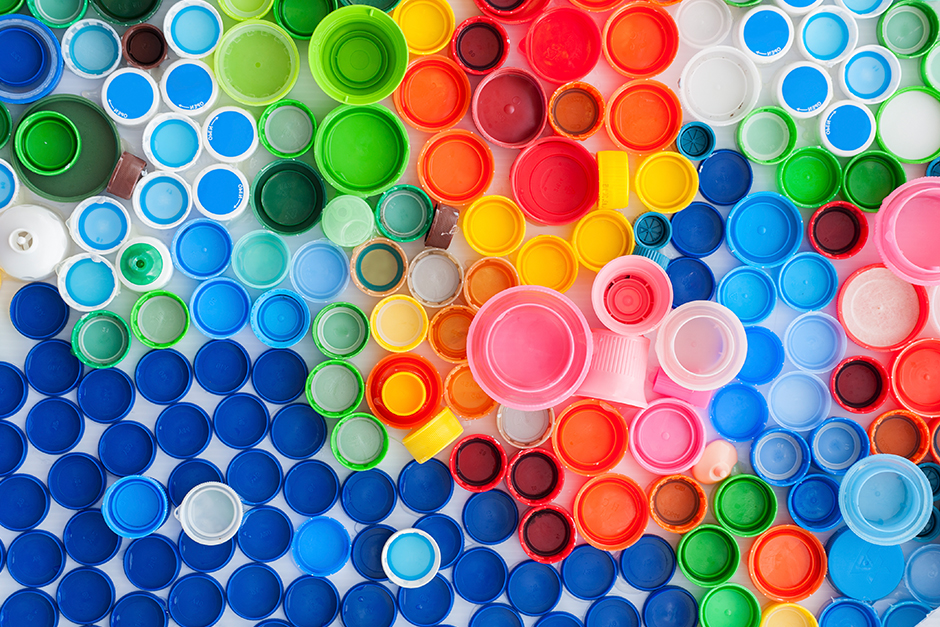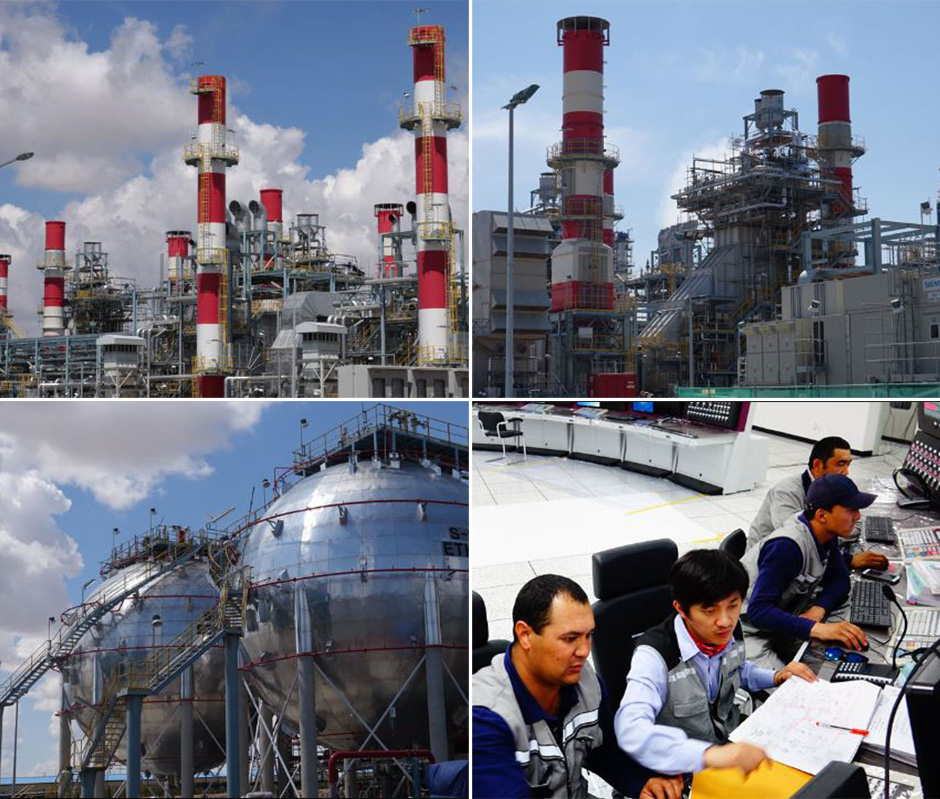Humankind has come a long way. It has zipped through the Stone, Bronze, and Iron ages, and now appears to be living in the “Plastic Age.” Look around your home, the streets outside, your workplace, and you’ll find it hard to identify a single space free of plastic. Affordability and versatility have made plastic an extremely attractive and critical component of everyday life. A recent study shows global plastic production has jumped 200-fold from 1950 to 2015, highlighting its rapid growth and ascent as one of the most dominant manmade materials.
Everything ranging from food containers to toys, pot handles, and disposable bags is plastic. Even when it comes to industrial goods, plastic is in flooring, pipes, building insulation, and chemical pumps. All these products have different shapes, textures, and pliability, but they all fall under the sweeping umbrella of plastic.
Getting Acquainted With Synthetic Resins
But what exactly is plastic? How is it made? Most simply put, think chocolate chips. You throw them in a pot on the stove to create a thick, gooey mixture of chocolate. In a similar fashion, although through a much more complex process, tiny chips or pellets called synthetic resins are used to produce plastic in the forms most familiar to us. Synthetic resin petrochemicals, in turn, are created through the chemical polymerization process of natural substances such as natural gas, cellulose, coal, and crude oil.
The omnipresence of plastic means synthetic resins have risen to become one of the most indispensable materials in our daily lives.
Synthetic resins are largely categorized into two types: thermoplastic and thermosetting synthetic resins. Thermoplastic resins are responsive to heat. They can be softened and re-formed through heat and pressure even after they’ve been molded and set to a certain shape. Thermosetting resins can be softened as well, but once set in their final shape and cured, they lose the ability to be reshaped.
Plastics in Daily Life
Synthetic resins may have complicated names, but they’re used so widely that you’ll recognize at least a few of them. Polyethylene (PE) is the most commonly used plastic in the world, being the popular choice for food and consumer packaging. It takes up 60 percent of global plastic demand and is expected to maintain its lead in the market.
Polypropylene (PP) is another synthetic resin in high demand. You’ll see it used in everything from appliances and toys to food containers. Also, think of most things that have caps with bending plastic hinges. PP’s unique ability to withstand continuous flexing makes it attractive for all kinds of plastic lids with bendable parts.
One of the more unfamiliar plastics might be acrylonitrile butadiene styrene (ABS). The name itself may not ring a bell, but ABS is used in everything from clacking keyboards in the office, plastic building blocks for kids, and power socket covers in your room. ABS is known for its durability and resistance, which explains why it has been popular for 3D printing as well.
A Growing Appetite Worldwide
The world’s gargantuan appetite for these three synthetic resins and plastics in general is on an upward trend. The market is forecast to reach upwards of US$654 billion by 2020, riding on strong demand, which is poised to hit over 5 percent compound annual growth from 2014 to 2020.
This has led to a greater need for efficient and reliable trading of synthetic resins worldwide. As an industry leader with a 30-year track record in the field, Samsung C&T Trading & Investment Group has a presence in over 40 countries, serving hundreds of clients around the world.
Samsung C&T T&I works with major petrochemical suppliers to ensure on-time delivery and provides customized payment terms, which have helped grow its network of partners in the sector. One of its most recent partnerships is with Korea Gas Corporation (KOGAS), which began commercial production in 2015 of liquefied natural gas (LNG) at Uzbekistan’s Surgil gas field, located in the country’s northwest.
Just 110 kilometers away from the gas field is Ustyurt Gas Chemical Complex, where natural-gas condensate from Surgil is used to produce high-density polyethylene (HDPE) and polypropylene (PP). Products are shipped every day to various countries from the Ustyurt complex through trading agreements established by Samsung C&T, further extending the company’s global reach in the synthetic resins trading market.
The long and complicated names of synthetic resins may remain alien and distant to most people, but there is no denying that plastics are closely intertwined with our daily routines and the products we use. Take a closer look at your surroundings, and you’ll see the strength of plastic all around.








